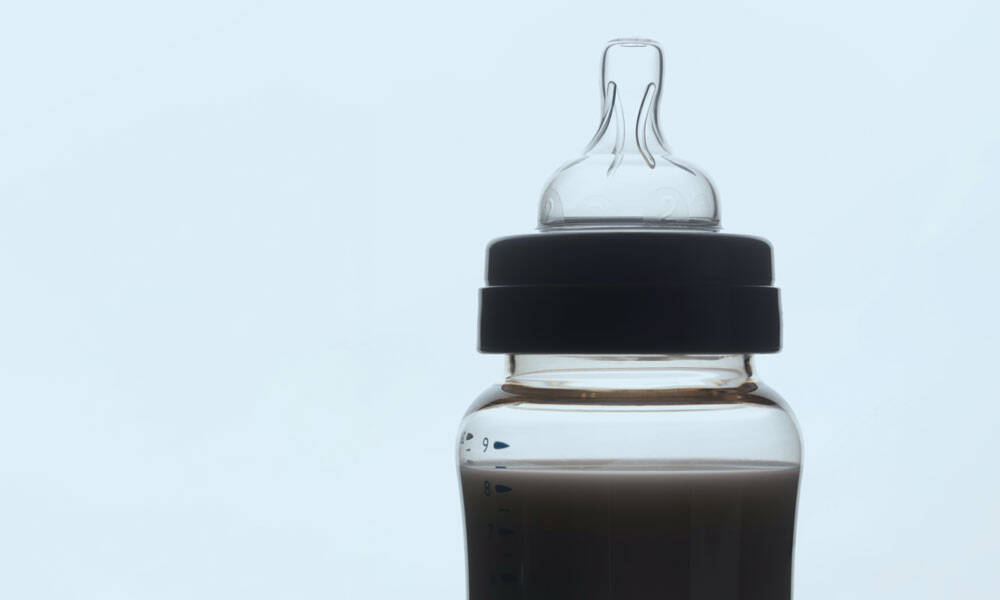
Consumer Protection: Formula for Trust
Infant formula manufacturers turned to AOAC to standardize how ingredients in formula are analyzed, to ensure accurate labeling and safe nutrition for babies worldwide.
Consumer Protection • AOAC International
Infant formula is a lifesaver: According to the FDA, about 2.7 million newborns rely on it at least in part for their nutrition. That puts pressure on manufacturers to ensure their products’ safety, but standards around the world are different and fail to keep pace with the latest findings about nutrients. That has led to some stark disparities: For instance, a 2014 study of baby food (including formula) sold in New Zealand found that it contained 800 percent more pesticides than similar products in Europe.
AOAC International, which is sanctioned by the FDA to set standards on agricultural products, was recruited by infant formula manufacturers to assist in improving infant formula in 2011. Its mandate was to help set new guidelines on content and nutrients.
“The infant formula community, in conjunction with ISO [the International Organization for Standardization] and the International Dairy Federation, were concerned that infant formulas had evolved beyond the [analysis] methods that exist, so a more modern approach was needed,” says Deborah McKenzie, senior director of standards and official methods at AOAC.
What this work is geared to do is ensure that what the consumer reads on the label of an infant formula package is accurate.
To address the issue, AOAC launched the Stakeholder Panel on Infant Formula and Adult Nutritionals (SPIFAN). There are a lot of stakeholders involved, from manufacturers to researchers to governmental bodies. According to McKenzie, in-person meetings on top-level issues can include up to 120 participants, while 28 working groups dedicated to particular nutrients can include up to 26 members. Review panels overseeing the working groups can have up to 18 members.
To keep the process moving, AOAC has four staff members who have SPIFAN as a main priority, addressing stakeholder interests and inevitable conflicts.
“There are certainly challenges with respect to harmonization and making sure we’re addressing global regulatory and regional needs,” McKenzie says. But the process needs to be deliberate. When each working group gets started, “we set a timeline, but we know that there has to be some level of flexibility when needed. The key thing is getting the methods that are needed approved through the process.”
Since its launch, SPIFAN has approved analysis methods for 50 nutrients and established 34 standards for how those methods should be validated. It has also been able to respond to particular concerns as they arise. When reports about pesticides in formula in New Zealand emerged, SPIFAN acted quickly.
“We were able to set up a working group and develop a standard approved method that would be able to test infant formula for any sort of contaminants of that nature,” McKenzie says. “That work was done very, very quickly—in under a month. So we do have ways of being able to directly impact consumers quickly.”
Ultimately, the work that AOAC coordinates will be broadly available to everyone around the world.
“What this work is geared to do is ensure that what the consumer reads on the label of an infant formula package is accurate,” McKenzie says. The process creates “common and new methodology that takes into account evolving formulations, newer technology, and the latest in research and regulations.”
(Andrew Brookes/Getty Images)






Comments